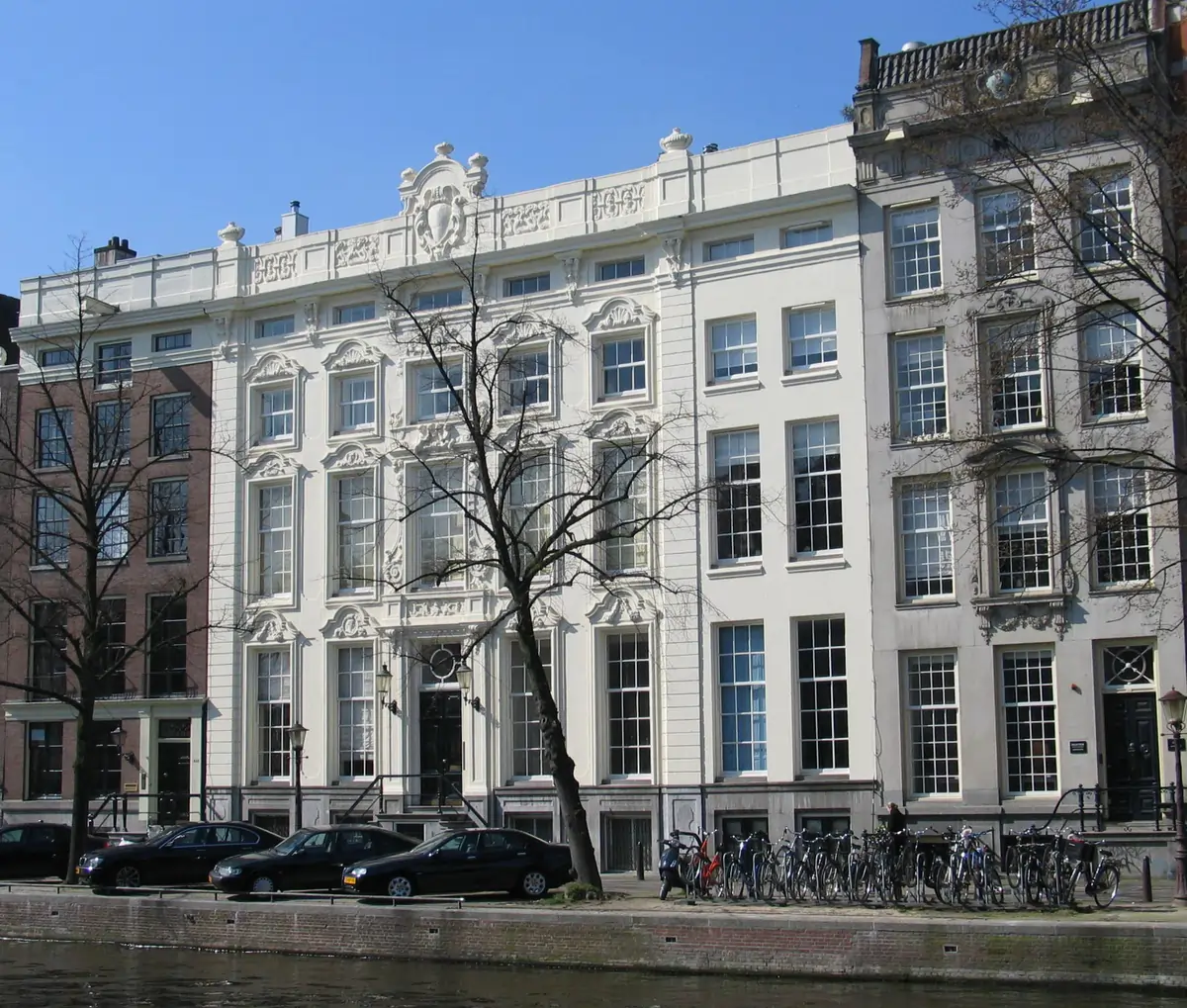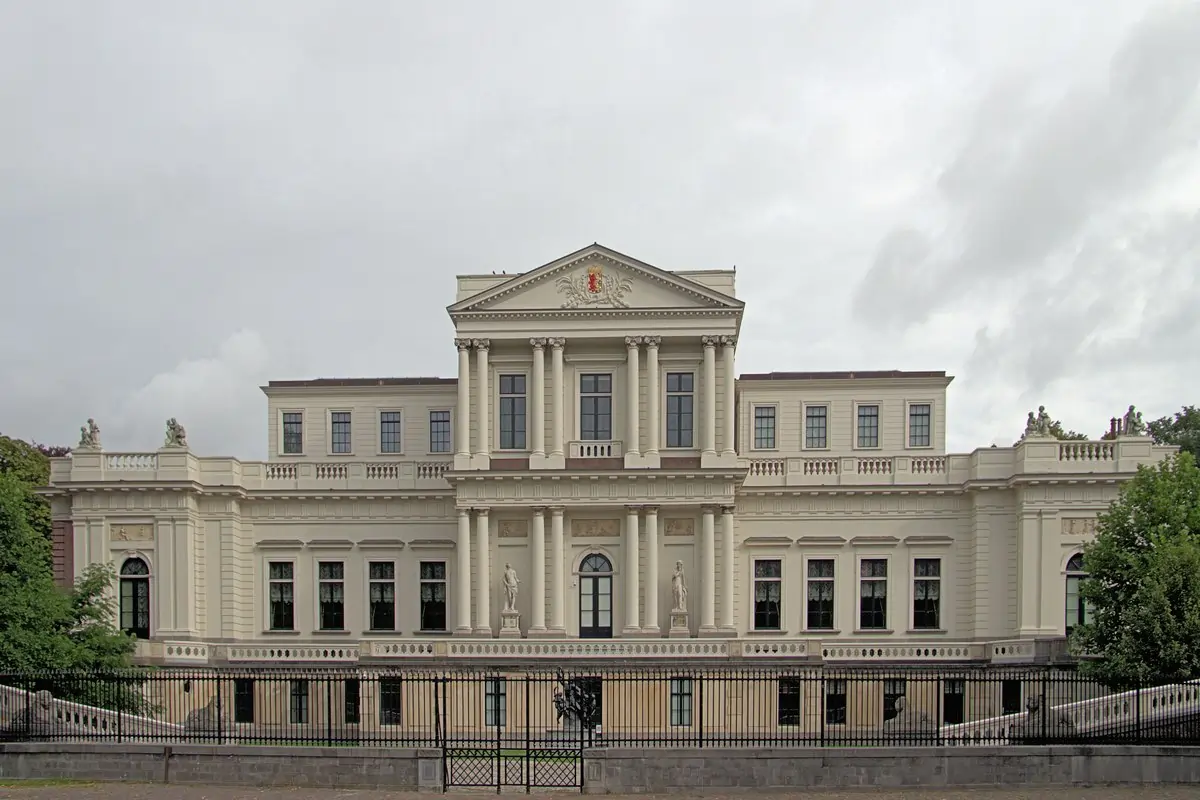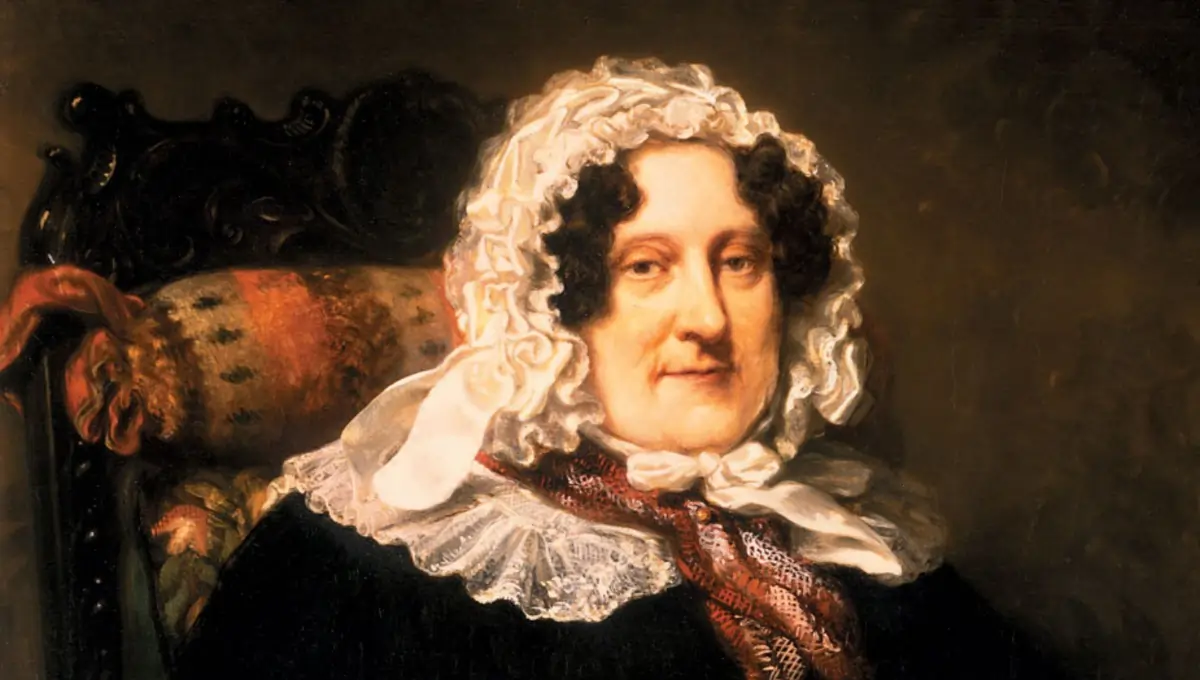Table of Contents
Key Facts at a Glance
- Founded: c. 1720s (renamed Hope & Co in 1762)
- Headquarters: Keizersgracht 444–446, Amsterdam
- Key figure: Henry Hope (1735–1811)
- Major clients: Sweden, Russia, Poland, Portugal, and Caribbean plantation owners
- Notable building: Villa Welgelegen (1785–1789)
- Borski’s contribution: Bought all shares of De Nederlandsche Bank in 1814
- Merger timeline: Hope & Co + R. Mees & Zoonen = Mees & Hope (1966); acquired by ABN Bank (1975)
- Modern successor: ABN AMRO Bank
- Canon of Amsterdam: Window No. 22
Amsterdam’s Banking Revolution Begins
Wherever there is trade, there is money, and where there is money, there is banking.
In 18th-century Amsterdam, a few trading houses realised that financing commerce could be more profitable than shipping goods.
Among them, one name stood out: Hope & Co, a firm that transformed from a Scottish family trading house into one of Europe’s most influential banks.

From Scotland to Amsterdam: The Hope Family Story
The Hope family, originally from Scotland, established trading activities in Rotterdam around 1660 before expanding to Amsterdam.
They dealt in shipping, insurance, and commodities, building connections across Europe.
By the mid-18th century, Henry Hope (1735 – 1811), grandson of the Rotterdam branch, had taken the reins in Amsterdam.
Under his leadership, the firm shifted from trading to financing, officially adopting the name Hope & Co in 1762.
Their new headquarters at Keizersgracht 444–446 symbolised the transition from merchant enterprise to financial powerhouse.
Financing Empires, Plantations, and Monarchs
Hope & Co quickly became the beating heart of Amsterdam’s financial world.
They arranged massive loans for European monarchs, including the kings of Sweden, Poland, and Russia, and financed trade in the Danish West Indies and Caribbean plantations.
Their model was innovative but ethically complex: the firm extended credit to plantation owners in exchange for the entire produce of sugar, coffee, or tobacco, effectively tying capital to slave-based economies.
Their motto, At Spes Non Fracta, captures both their ambition and resilience.
Architecture of Power: Villa Welgelegen
Henry Hope’s success made him one of the richest men in the Dutch Republic.
Between 1785 and 1789, he built Villa Welgelegen in Haarlem as a summer residence, a neoclassical masterpiece designed by architect Abraham van der Hart.
The villa showcased Hope’s art collection and symbolised his rise from merchant to banker.
After the French invasion in 1794, Henry fled to London with much of his wealth, where the English branch of the family continued banking operations.

Surviving Crises and Reshaping Finance
The 18th century saw multiple financial panics, notably the crises of 1763 and 1772, which bankrupted many Amsterdam firms.
Hope & Co survived thanks to conservative risk management, diversified credit portfolios, and international networks that stretched from Amsterdam to London, St Petersburg, and the Caribbean.
By the end of the century, Hope & Co had become a leading private bank in Europe, playing a part in sovereign debt, colonial finance, and even war loans.
The Widow Who Bought a Bank: Johanna Jacoba Borski
Among Hope & Co’s partners and financiers was Willem Borski, one of Amsterdam’s wealthiest bankers.
When he died in 1814, his widow, Johanna Jacoba Borski–van de Velde (1764 – 1846), took control of the firm, a remarkable feat for a woman in that era.
Later that same year, King Willem I sought to create a central financial institution to revive the Dutch economy after the Napoleonic Wars: De Nederlandsche Bank.
While most financiers resisted the idea, Mrs Borski saw an opportunity. She made a bold move, purchasing all 2,000 remaining shares of the bank, valued at two million guilders, in a single transaction.
This act temporarily made her the sole shareholder of the Dutch central bank before she sold most of the shares within a month, stabilising the institution’s credibility.
Her firm, Weduwe W. Borski, would continue operating for more than a century, eventually becoming Van Loon & Co after her descendants took charge.

Ethics and Legacy: Wealth Built on Slavery
Recent historical studies, including reports by De Nederlandsche Bank (2023), reveal that both Hope & Co. and Weduwe W. Borski profited, directly or indirectly, from slavery and plantation economies.
Loans secured by enslaved labour and plantation mortgages formed part of their capital base, a painful truth that is now openly acknowledged in Dutch banking history.
Merger and Modern Legacy
The legacy of Hope & Co. is carried forward into modern finance.
The firm continued trading independently through the 19th and early 20th centuries. In 1966, Hope & Co merged with R. Mees & Zoonen to form Mees & Hope, not in 1962 as often misreported.
Later, in 1975, the partnership was acquired by ABN Bank (which would itself become ABN AMRO following the 1991 merger with Amro Bank).
Today, ABN AMRO acknowledges Hope & Co as one of its historical predecessors, and in 2022, it formally apologised for the company’s historical ties to slavery.
Legacy on the Canal: A Monument to Financial History
The original Hope & Co building still stands on Keizersgracht, a quiet witness to centuries of commerce and change.
Nearby, Villa Welgelegen in Haarlem now serves as the seat of the North Holland provincial government.
Together, they mark the physical and moral legacy of an institution that financed kings, built fortunes, and shaped the financial DNA of Amsterdam.
Final Thought
The story of Hope & Co. is more than the tale of a wealthy family.
It is a reflection of how Amsterdam turned from a port of merchants into a capital of bankers, how women like Johanna Borski broke barriers in finance, and how the legacies of trade, empire, and ethics are still being reckoned with today.
The Exchange Bank: early Dutch banking system
Amsterdam’s rise as a financial capital began more than a century earlier with the founding of the Amsterdam Exchange Bank, which laid the foundation for stable currency and credit systems.
By the mid-18th century, private houses like Hope & Co. built upon that foundation to finance trade and sovereign debt.